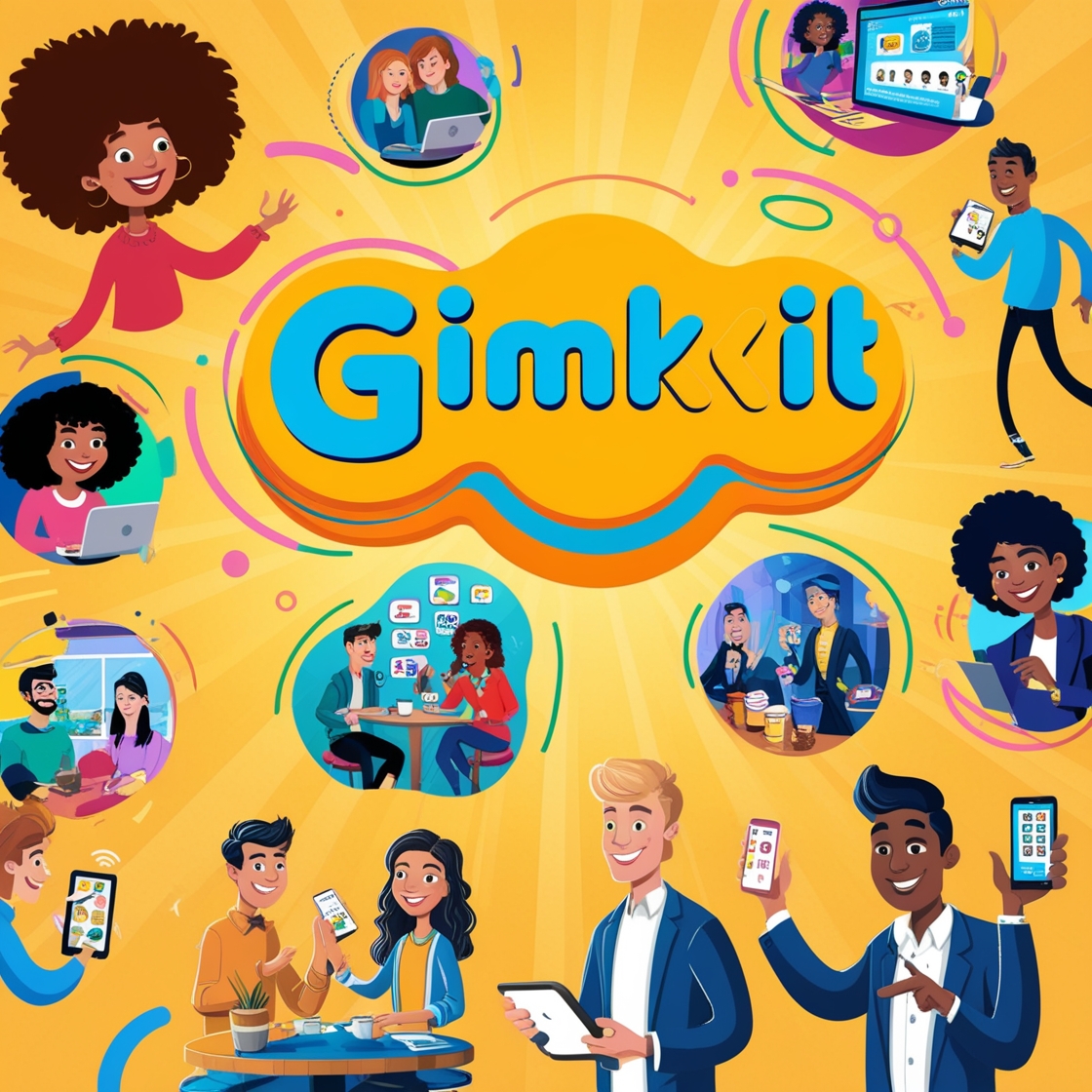Amidst the ever-evolving world of educational technology, GimkitBlog has evolved into more than a site to share tips and tricks on how to use the interactive classroom tool Gimkit—it’s emerged as a community for teachers seeking to introduce creativity, collaboration, and real-world relevance to their classrooms. Where Gimkit empowers students through game-based learning, GimkitBlog empowers to the next level by speaking to broader pedagogical trends and incorporating cross-disciplinary experiences.
One of the most surprising—and surprisingly successful—of these pairings? Screen printing online.
The Modern Maker Classroom: From Digital Play to Physical Products
Let’s get real: students don’t have to memorize terms or learn state capitals. They must create. And Gimkit already moves towards this necessity by offering interactive, game-like learning that students get to help mold. Educators who follow GimkitBlog are no strangers to the reality that the site is strongest in the way that it is so flexible—educators can make their own kits, track progress, and even let the students take control.
But what if students could take learning even further—off-screen, and into the real world?
Enter online screen printing, a set of tools long associated with artists and entrepreneurs but increasingly being used by innovative educators. By integrating screen printing into class projects, educators give students the chance to transform ideas and information into wearable, shareable, and sellable products. It’s experiential learning at its finest—and GimkitBlog is starting to write about it.
Where Creativity Meets Curriculum: The Gimkit x Screen Printing Synergy
Here’s a scenario: students complete an environmental science unit, and to review key terms and concepts, they play a game of Gimkit. Then, as a class, they design eco-themed T-shirts together on an online screen printing website. Each design features slogans and graphics illustrating what they learned. The best part? They vote on which designs they prefer in another custom-created Gimkit game.
Now, you’ve taken a basic knowledge check and transformed it into a multidisciplinary project that includes:
Science content review
Graphic design skills
Peer collaboration and critique
Hands-on entrepreneurship
This is the kind of project that educators featured on GimkitBlog are beginning to explore. Teachers post about students designing shirts for book clubs, foreign language classes, or social justice units—combining intellectual inquiry with expressive output.
Web services like Bonfire, Printful, and Canva Print have taken online screen printing and made it absurdly simple. Students can create their mock-ups in-browser, order pro prints, and even run small fundraisers—all with minimal tech overhead.
Pedagogy in Action: Why It Works
There’s a deeper pedagogical reason why this integration is valuable. According to constructivist learning theory, students learn best when they actively construct their own knowledge from meaningful experiences. Gimkit already enables this with student-centered, personalized games. Adding a screen printing element closes the loop by offering students a channel of creativity and a tangible reward.
GimkitBlog teachers often share stories of how uninterested students are suddenly more engaged when projects tap into their interests. A freshman in high school who couldn’t care less about Romeo and Juliet might sit up straight if his project group is designing shirts with “Team Montague” and “Team Capulet” battle slogans—especially if it’s tied to a class Gimkit game.
Building Classroom Culture Through Shared Creation
A lesser appreciated benefit of pairing Gimkit-style learning with screen printing is the impact on classroom culture. Students begin to understand that learning is not solely an individual sprint to the top of the leaderboard, but a collective process with concrete creative outcomes. Screen printed t-shirts, posters, and tote bags serve as powerful symbols of group identity and shared accomplishment.
GimkitBlog has long been a believer in community learning. Educators on the site are always on the lookout for ways to blur boundaries between subject areas, and between school and life. Online screen printing is an gateway to limitless possibility—from creating tees for classroom teams to initiating student-run merch lines for school events, clubs, or charities.
How to Get Started: A Gimkit-Infused Screen Printing Project IdeaLet’s say you’d like to get your feet wet. Here’s a scaffolded activity any teacher can try:
Project Theme: “Design Your Learning
Gimkit Kickoff: Host a game on a basic concept (e.g., the water cycle, types of government, literary themes).
Creative Brainstorming: Use breakout groups to brainstorm how the concept could be depicted graphically.
Design Phase: Have students create T-shirt or tote bag designs using online screen printing software.
Gimkit Voting: Publish the designs as images in a Gimkit and have students vote by playing a round of trivia where points are votes.
Print & Showcase: Print up the winning designs and have a classroom “launch party” or mini-show.
Bonus: Have students write short blog posts reflecting on the project for GimkitBlog. Writing about the experience solidifies learning and gives a taste of real-world publishing.
Final Thoughts:
Screen Printing as a Learning Language Learning should never be about memorization. It’s about connection—between students and material, between students and their peers, and between school and the world beyond. That’s what GimkitBlog is all about: finding unexpected, meaningful ways to make learning matter.
With the addition of online screen printing, educators unlock a new medium of expression that goes hand-in-hand with the spirit of Gimkit—fun, innovative, student-centered, and deeply effective. In a world where attention is short-term, allowing students to wear their learning is a bold way of making it last.

